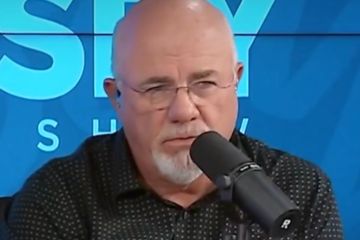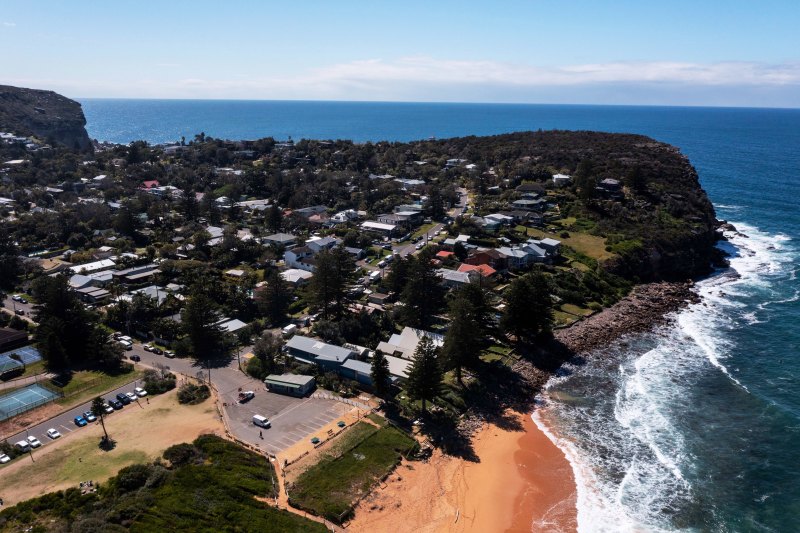An American idyll

Sun, sea, surf and … bungalows. Sydneysiders have a huge amount in common with Californians and not least is one of our favourite house styles.
For many years, Californian bungalows were derided in Sydney as mere building blocks for far grander homes as owners added storeys, extended and closed in front porches. But today they’re increasingly being celebrated as objects of beauty in themselves.
“Melbourne has had a love affair for the past 15 years with their Californian bungalows but Sydney has never really appreciated them up until now,” says architect and planner John McInerney, the former national president of the Planning Institute of Australia and former manager of planning for the City of Sydney and City of Melbourne, now a city councillor.
“But now people are looking at them with far more respect. I’m a great admirer of them.”
They’re also performing well price-wise too, since they’re generally well built. “They’re quite solid dwellings and lend themselves to being fitted with all the modern facilities,” says the chief executive of the Real Estate Institute of NSW, Tim McKibbin.
“I think they probably have a following in the market as a result.”
McGrath Northbridge agent John McManus, who has two Californian bungalows on his books at present in Artarmon, says it is a Californian bungalow that still holds the record sale price for the area – $2.69 million in 2007 for a fully renovated version.
“They’re always a great investment,” he says. “They’re a fantastic option for anyone who’s looking to do a renovation.”
A ‘democratic’ house
The Californian bungalow is distinguished by its squat, solid, single-storey structure, with a gabled roof and pillars supporting the front verandah and generally a large backyard on a good-size block. Many retain their original features, including high ceilings, stained-glass windows and painted gables.
Imported from the west coast of the US and built mostly during the inter-war years, they’re common mostly in Sydney’s middle-ring suburbs. Before their arrival, along with Hollywood movies, American cars and hamburgers, most of Sydney’s inner suburbs were built with Victorian terraces and the next concentric ring with Edwardian – or Federation – homes. The next had the Californian bungalow.
The senior lecturer and heritage program co-ordinator at the University of Sydney, Trevor Howells, says at that time, they were a “very pervasive form of architecture”. Built after World War I and during the 1920s, they were a cheaper form of housing for lower socio-economic areas and were usually established for rental .
“A certain economy was intended,” Howells says.
“The decorative application is that which can be seen from the street and the attractive brickwork is usually only on the face; as you walk down the side the brickwork usually changes to common brick, which was cheaper. They were also built on greenfield sites as the city expanded and usually close to public transport, bus or railway lines.”
Yet that economy is one of the true joys of the style, McInerney says. They were a democratic kind of house, more about easy living than pretension.
“The covered area at the front gave a place where people could wait and the entry hall was a place where people could be greeted,” he says.
“And once you were inside, the whole house was open to anyone, rather than with a Victorian terrace, which mostly had the front room away from the rest of the house.”
The design of Californian bungalows also took into account changes that were happening in the era. Passages along the side of the houses were often wide enough for a car, if ever the occupants might be able to afford one, and the back lanes for the collection of “night soil” from terraces vanished, as toilets started to be built inside.
Many of the best Californian bungalows, according to McInerney, can these days be found in suburbs such as Lilyfield, Five Dock, Ashfield, Earlwood, Concord, Ryde, Lane Cove, Castlecrag, Beecroft, Pennant Hills, Castle Cove, Hunters Hill, Maroubra South, Coogee, Clovelly and Parramatta.
Back in fashion
Nostalgia for old architectural styles is now influencing people’s attitudes to these kind of homes, says architect Graeme Butler, who wrote the quintessential work on the form, The Californian Bungalow in Australia.
“Each period of architecture, like Victorian and Edwardian houses, was popular and now it’s the turn of the Californian bungalow,” he says.
“They were always going to be the next cab off the rank in terms of their availability and near city centres. They’re comparatively easy to renovate, too, as they’re usually single-storey and you can put attics into the gabled form and they’re often on a quarter-acre [1000-square-metre] block, so there’s plenty of room.”
Owners typically move the bathroom into the centre and open up the back to introduce more light. As well, they create open-plan living, lounge and kitchen areas that lead to the garden, architect David Boyle says.
“[Bungalows] have generous proportions and lots of period features, which people love.”
Alan Evans married his childhood sweetheart, Sylvia Winifred Henderson, in 1927. They built their first home, a Californian bungalow, in Arncliffe. The house’s nameplate, “Alwyn”, is an amalgamation of their names, Al and Wyn (short for Winfred). Alan photographed the house from its early stages. Sylvia sits in the bedroom on a long window seat beneath a leadlight bay window that is draped with net casement curtains. In the lounge room , the carved cupid-light fittings hold twisted glass torches that illuminate a small library. The Evanses sold in 1950. The house was purchased by the Department of Education in 1977, and in 2007 the block housed a demountable building on an otherwise cleared site.
Historic Houses Trust
Return to former glory yields $1,230,000
Behind its tidy picket fence, Dean Voukelatos’s Californian bungalow sits solidly in a leafy Artarmon street, its period facade and neat gardens presenting it as the perfect family home.
And that’s because it is, says IT executive Voukelatos. “But it didn’t look anything like this when we bought it 10 years ago,” he laughs. “We renovated it back to its former glory and we fell in love with the house then.
“It’s quite a simple home, nothing too glamorous, but it’s just got so much character.”
Double-brick and sandstone, with wooden floorboards and high ceilings, the three-bedroom house’s living and dining areas open on to an elevated timber deck. Outside, there’s an alfresco courtyard and a level lawn, perfect for children.
With Voukelatos, 42, his wife, Michelle, 40, and two sons, Lachlan, 7, and Sam, 5, moving to a bigger house, they’ve just sold (through McGrath agent John McManus) for $1,230,000 ahead of today’s planned auction. The price guide had been more than $1,130,000.
“It’s been a great house for us, with plenty of room,” Voukelatos says. “I think it was its affordability that first attracted us but now we just love how it looks.”
Australian Property Monitors data shows they paid $502,000 in 2000.
We recommend
States
Capital Cities
Capital Cities - Rentals
Popular Areas
Allhomes
More







